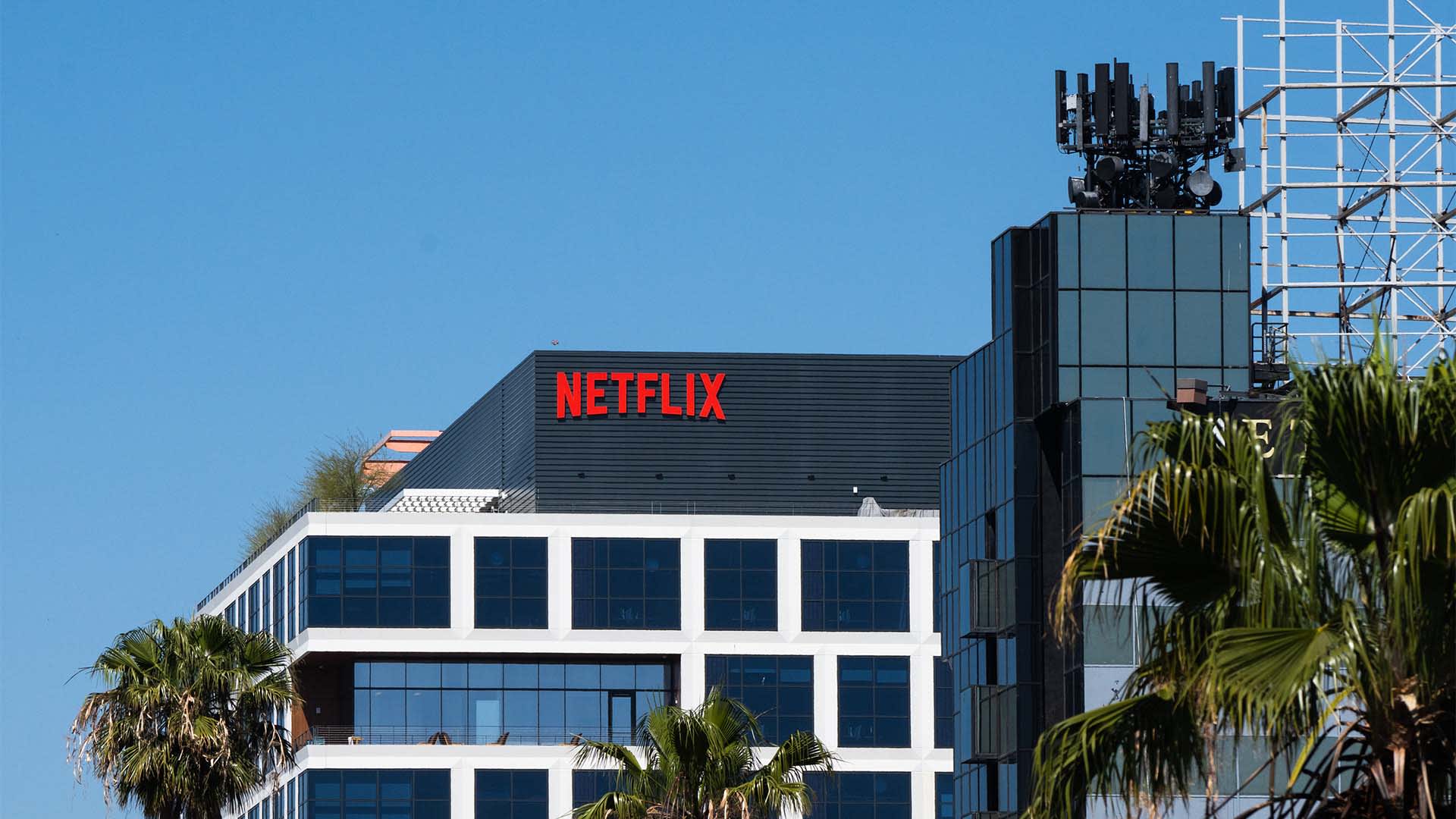It is so vital to what drives customer churn. Some might say it’s the one measure that tells you whether your company is successful. In any subscription business where customers make recurring monthly payments, such as a software-as-a-service app, newsletter, or video streaming business, understanding your customer churn–those who leave and unsubscribe–is a critical metric. Getting a grip on your customer priority will lead you to figure out your customer priority and can save and/or make you.
Best-in-class businesses report customer retention rates of 90 percent–meaning they lose only 10 percent to customer churn. While that might seem like a lofty goal, it can be one of the most critical moves your company can make to improve its long-term value.
But how do you go about reducing your long-term customer churn? Well, we can take a lesson from the streaming service Netflix in how it is undertaking a painful customer priority strategy that will pay off for the business in the long run.
Finding Your Perfect Customer
Early on in any business, you’re trying to sell to anyone and everyone. If you’re in sales, everyone looks like a prospect. You’ll find yourself taking all comers and signing them up. That’s how you can start finding customers and generating some momentum.
But this strategy eventually comes with a catch. Some of those customers you signed up with will cancel their subscriptions. Some will switch to a competing service, while others will complain about the price. In other words, a mismatch in value develops where the product or service you’re offering doesn’t match the customer’s needs. If the customer isn’t a good fit, they will churn.
While this might seem like bad news, given all the effort you made early on to sign up everyone you could, there is a silver lining: The customers who stay are your perfect customer. They’re the ones who value what you’re offering, and they’re willing to pay for it. These customers are the foundation for a far more sustainable and profitable business over the long run.
I’ve seen this happen inside a client’s company that offers financial services. For years, it prioritized signing up as many customers as possible. Its key number was eyeballs. But it also suffered large churn numbers–especially after a user burned through their free trial period.
Finally, the company decided to shift gears. Rather than continue spending significant marketing dollars on trolling for new users wherever it could find them, it doubled down on serving the customers it already had willing to pay for its services. Just as important, these are the same people who will recommend the service to others they think will benefit. In other words, the company shifted its focus to prioritize its ideal customers–the ones who would help it continue to grow the business profitably.
Establish Customer Priority
Drop the freeloaders.
We can also think about the example of Netflix. Wall Street analysts killed the stock when news came out that the company had lost customers for the first time in a decade. The reasons cited for the increase in churn were that Netflix had cracked down on subscribers sharing their logins and had increased the monthly subscription price.
It’s worth remembering that Netflix has been a business that’s reinvented itself in significant ways multiple times. Now, it’s found a way to establish customer priority–cleaning out the freeloaders who weren’t a great fit in the first place. Those people have enjoyed what amounts to an extended free trial, and Netflix decided enough was enough. Rather than prioritizing how many total eyeballs are watching its content, the company has found a way to prioritize the customers willing to pay for the kind of premium content Netflix has been investing big money in creating. That’s also opened up room for a new strategy where it will experiment by offering a lower-cost subscription that ads will subsidize.
Beating Customer Churn
Netflix might have just shown us how it will become bigger and stronger in the coming years, thanks to the support of its best customers. Watching customers churn in the short term is painful–as we can see by the hit to Netflix’s stock. But when you look at this strategy from a different angle, you can see that it’s a genius move that might set Netflix up to remain at the top of the streaming content mountain.
We should apply that same lesson to our businesses.

